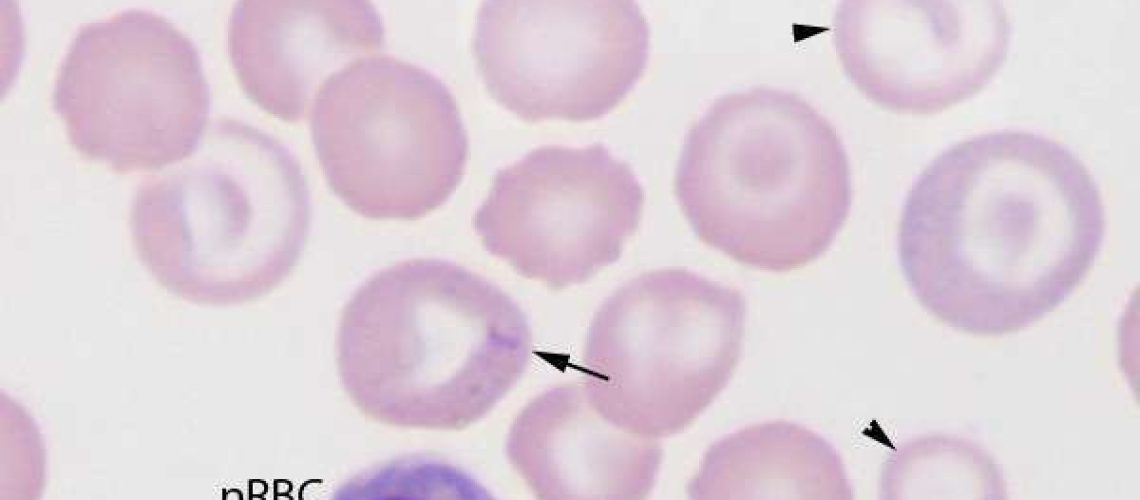Key Takeaways:
- Lead poisoning in dogs can occur from ingesting or inhaling lead-based substances, such as paint chips or contaminated soil.
- Symptoms of lead poisoning in dogs include vomiting, diarrhea, loss of appetite, lethargy, and neurological issues.
- Immediate veterinary care is crucial if lead poisoning is suspected in a dog, as it can be life-threatening if left untreated.
- Prevention is key to avoiding lead poisoning in dogs - keep them away from areas with peeling paint, clean up any potential sources of lead contamination, and provide them with safe toys and chewing alternatives.
- Regular blood tests can help detect lead levels in dogs and allow for early intervention if necessary.
Are you a dog lover? If so, then understanding the dangers of lead poisoning in dogs is essential for keeping your furry friend safe and healthy. Lead poisoning can have devastating effects on our canine companions, causing everything from neurological damage to organ failure. But don't worry, by delving into this subject, you'll gain valuable knowledge that can help prevent this silent threat from harming your beloved pet. So let's dive in and explore the world of lead poisoning in dogs, uncovering the hidden dangers and learning how to keep our four-legged friends out of harm's way. Together, we can ensure a long and happy life for our loyal companions.
Understanding Lead Poisoning in Dogs: Causes and Risks
Causes of Lead Poisoning in Dogs
Lead poisoning in dogs occurs when they are exposed to high levels of lead, a toxic metal. The most common cause of lead poisoning in dogs is the ingestion of objects containing lead, such as paint chips, old toys, or contaminated soil. Dogs may also be exposed to lead through drinking water from old pipes or from being around construction sites where lead-based materials are present.
Risks of Lead Poisoning in Dogs
Lead poisoning can have serious health consequences for dogs. It can affect their nervous system, kidneys, and gastrointestinal tract. Some common symptoms of lead poisoning in dogs include vomiting, diarrhea, loss of appetite, lethargy, and seizures. If left untreated, lead poisoning can be fatal.
Recognizing the Symptoms of Lead Poisoning in Dogs
Physical Symptoms
There are several physical symptoms that may indicate lead poisoning in dogs. These include vomiting, diarrhea (which may contain blood), weight loss, and dehydration. Dogs with lead poisoning may also experience abdominal pain and show signs of weakness or paralysis.
Behavioral Changes
In addition to physical symptoms, dogs with lead poisoning may exhibit behavioral changes. They may become irritable or aggressive and show signs of confusion or disorientation. Some dogs may also experience seizures or have difficulty walking.
Treating Lead Poisoning in Dogs: Options and Potential Long-term Effects
Treatment Options for Lead Poisoning
If you suspect your dog has been exposed to lead or is showing symptoms of lead poisoning, it is important to seek veterinary care immediately. The veterinarian will perform tests to confirm the diagnosis and determine the level of lead in your dog's body. Treatment options may include medication to remove the lead from the body, supportive care to manage symptoms, and changes in diet to support recovery.
Potential Long-term Effects
The long-term effects of lead poisoning in dogs can vary depending on the severity of the exposure and how quickly treatment is administered. In some cases, dogs may fully recover with no lasting effects. However, if lead poisoning is severe or left untreated for a prolonged period, it can cause permanent damage to organs such as the kidneys and nervous system.
Common Sources of Lead Exposure for Dogs: What to Look Out For
Possible Sources of Lead
There are several common sources of lead exposure for dogs that pet owners should be aware of. These include:
1. Paint chips: Dogs may chew on old paint chips containing lead, especially in older homes.
2. Contaminated soil: Dogs that dig in contaminated soil or play in areas where lead-based products were used can be exposed.
3. Water from old pipes: Drinking water from old pipes made of lead or with lead solder can introduce lead into a dog's system.
4. Construction sites: Dogs who explore construction sites may come into contact with materials containing lead.
Preventing Lead Poisoning in Your Dog: Safety Tips and Measures
Safety Tips to Prevent Lead Poisoning
To protect your dog from lead poisoning, consider the following safety tips:
1. Keep your dog away from areas with peeling paint or old buildings.
2. Avoid letting your dog dig in potentially contaminated soil.
3. Provide clean drinking water by using a water filtration system or giving bottled water.
4. Keep your dog supervised and prevent access to construction sites or areas with potential sources of lead.
Regular Veterinary Check-ups
Regular veterinary check-ups are essential for early detection and prevention of lead poisoning. Your veterinarian can perform blood tests to check for lead levels and provide guidance on keeping your dog safe from lead exposure.
Which Dog Breeds and Age Groups are More Prone to Lead Poisoning?
Breeds More Prone to Lead Poisoning
While all dogs can be at risk of lead poisoning, certain breeds may be more prone due to their behaviors or tendencies. These include:
1. Labrador Retrievers: Known for their love of chewing, Labradors may accidentally ingest objects containing lead.
2. Beagles: Beagles have a strong sense of smell and may explore areas where lead is present.
3. Terriers: Terriers are curious by nature and may come into contact with lead-containing materials during their adventures.
Age Groups at Higher Risk
Puppies and younger dogs are generally at higher risk of lead poisoning due to their natural curiosity and tendency to explore their surroundings through mouthing objects. However, dogs of all ages can be affected if exposed to high levels of lead.
In conclusion, lead poisoning in dogs is a serious health concern that can have harmful effects on their body. It is important for dog owners to be aware of the sources of lead and take necessary precautions to keep their furry friends safe.
What are symptoms of lead poisoning in dogs?
Common symptoms of the condition include loss of appetite, throwing up, stomach discomfort, changes in behavior, difficulty with coordination, shaking, excessive excitement, and sporadic seizures.
Can a dog recover from lead poisoning?
Dogs with lead poisoning typically recover within 1-2 days if they receive prompt treatment after being exposed. However, pets with more severe symptoms may experience permanent neurological damage. If a pet has been exposed to lead over a long period of time, there may be stored lead in their bones that cannot be treated with chelating agents.
What are the warning signs of lead poisoning?
Exposure to lead can result in health problems in adults such as high blood pressure, as well as issues with brain function, kidney health, and reproductive health. Common symptoms of lead poisoning include headaches, stomach cramps, constipation, muscle and joint pain, difficulty sleeping, fatigue, irritability, and a decrease in libido. It is important to note that many adults with lead poisoning may not exhibit visible signs of illness.
How do you treat lead in dogs?
Pet owners can quickly alleviate flea problems by using Nitenpyram, which is available under various brand names such as Capstar® and Bestguard®. It can be obtained through a veterinarian, online, or from over-the-counter sources.
How quickly does lead poisoning show?
The onset of symptoms for lead poisoning is typically gradual, occurring over a period of weeks or even months. Many individuals with mild lead poisoning may not experience any noticeable symptoms. However, if left undetected and untreated, children with elevated levels of lead in their bodies can suffer damage to their brain and nervous system.
How long does toxicity show in dogs?
The timeframe for a dog to display signs of poisoning varies depending on the specific toxin. Certain toxins can lead to immediate reactions, while others may result in symptoms appearing several hours or even days later.

















